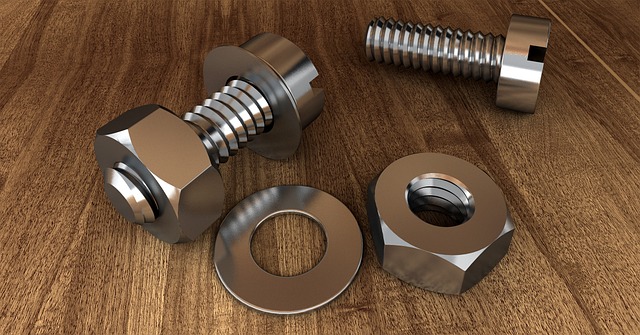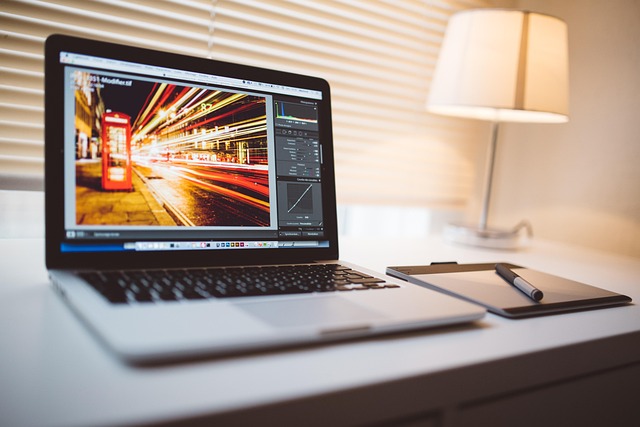We live in a world saturated with screens. From the massive TV in our living room to the monitor on our desk, displays are our primary window to digital content. We constantly demand more from them: higher resolutions, faster refresh rates, wider color gamuts, and smarter processing. But pushing the boundaries of display visualization requires immense technical muscle behind the glass.
The Increasing Complexity of Display Processing
Rendering the stunning visuals we expect today is no simple task. A modern TV or monitor isn’t just displaying pixels; it’s often performing complex computations in real-time. This includes sophisticated scaling to make lower-resolution content look good, motion estimation and compensation to smooth out fast action, noise reduction, color mapping for HDR, and dynamic contrast adjustments. All of this needs to happen instantaneously, frame after frame.
Introducing the Concept of Side Thread Technology in Displays
Imagine the main pipeline processing the core image data – the raw picture information coming in. Now, imagine parallel processes running alongside this main pipeline, specifically designed to handle some of the most computationally intensive enhancement tasks. This is the essence of what a side thread” approach could bring to display technology – dedicated processing power working in parallel.
Think of it not as replacing the main display processor, but as a specialized co-processor or set of execution units tasked with specific, demanding functions. These ‘side threads’ can operate independently, tackling complex algorithms without delaying the primary image flow. It’s the invisible work happening alongside the main show to make sure everything looks perfect.
Impact on TV Monitors and Visualization
Implementing such ‘side thread’ processing can have a profound impact on the technical capabilities and the resulting visualization on our screens:
- Enhanced Picture Purity: By offloading tasks like aggressive noise reduction or complex edge enhancement to a side thread, the main processor can focus on delivering the foundational image with maximum clarity. The side thread then applies its polish without introducing lag or artifacts into the core pipeline.
- Smoother Motion Handling: Motion compensation is computationally heavy. A dedicated side thread can analyze multiple upcoming frames and generate interpolated ones more efficiently, leading to significantly smoother motion blur reduction and judder control, particularly crucial for fast-paced sports or action movies on your TV.
- More Sophisticated Features: Advanced visualization techniques like granular local dimming control across thousands of zones, real-time complex HDR tone mapping, or advanced color volume processing become more feasible when dedicated parallel processing is available. These side threads enable features that were previously too demanding for a single processor to handle in real-time.
- Improved Responsiveness: With some display tasks handled by dedicated side threads, the main system processor (especially in smart TVs or monitors with built-in computing) is less burdened. This can lead to a more responsive user interface, faster app loading, and potentially lower input lag for gaming monitors.
The Content Connection
Ultimately, this underlying technical sophistication isn’t just about specs; it’s about how content looks and feels. Side thread technology, by enabling more powerful and efficient parallel processing, allows our TVs and monitors to present movies, games, photos, and work with a level of detail, smoothness, and accuracy that enhances the viewing experience. It’s the unseen force ensuring the visualization on your display is as close to the creator’s intent as possible, making every pixel count and every scene come alive.




